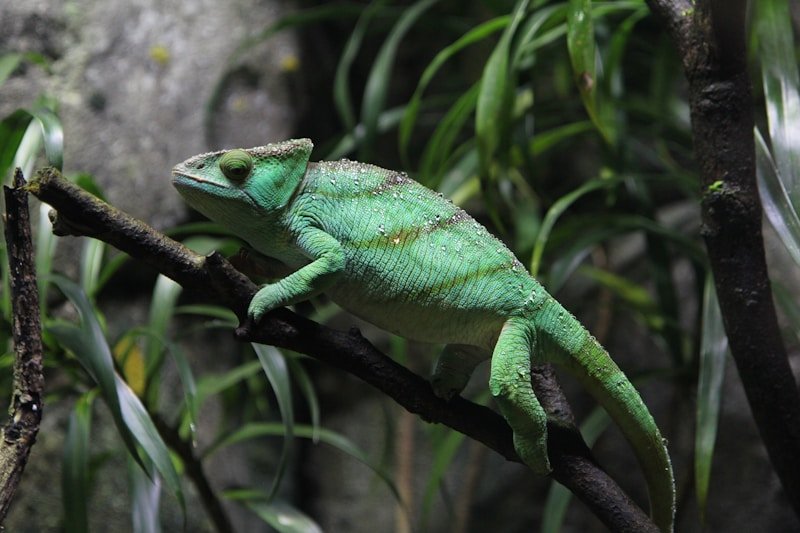Snakes and lizards are among the most fascinating yet misunderstood creatures in the animal kingdom. Despite being cold-blooded and often feared, they play vital roles in ecosystems around the world. From deserts to rainforests, these reptiles have adapted to survive in harsh environments, leading lives filled with stealth, strategy, and surprising social behaviors. Let’s explore the hidden world of these scaly survivors and uncover the secrets behind their mysterious existence.
Masters of Adaptation
One of the most remarkable traits of snakes and lizards is their ability to adapt to a wide range of habitats. While lizards are commonly seen basking on rocks or darting across garden paths, many live in trees, deserts, or even underground. Geckos, for instance, have evolved specialized toe pads that allow them to stick to vertical surfaces and ceilings. Some desert lizards, like the thorny devil of Australia, collect moisture through their skin, channeling water directly to their mouths.
Snakes, lacking limbs, have adapted in equally incredible ways. Arboreal snakes, such as the green tree python, move gracefully among branches, while burrowing snakes like the sand boa use their smooth bodies to tunnel beneath the surface. Some, like sea snakes, have even returned to the ocean, developing paddle-like tails and the ability to hold their breath for up to an hour. These diverse adaptations demonstrate the incredible evolutionary paths taken by these reptiles to thrive in nearly every corner of the planet.
Hunting Without a Sound
Snakes and lizards are often expert hunters, using a mix of stealth, speed, and sensory acuity to capture prey. While lizards like the chameleon rely on rapid-fire tongues to snatch insects, others like the Komodo dragon take down large prey using venom and brute force. Many lizards are sit-and-wait predators, blending into their environments and remaining motionless until an opportunity arises.
Snakes, on the other hand, are masters of silent ambush. Vipers and pythons use heat-sensing pits to detect warm-blooded animals, even in total darkness. Constrictors coil around their prey to suffocate them, while venomous species such as cobras and rattlesnakes deliver a lethal bite to immobilize and digest prey. Each species has evolved unique tools for survival, showing how varied and specialized reptilian hunting techniques can be.
Secrets of Reptilian Communication
Although snakes and lizards are often thought of as solitary animals, they communicate in subtle but meaningful ways. Lizards, for example, use visual signals, such as head-bobs, push-ups, and bright displays of color to assert dominance or attract mates. Anole lizards famously flare their dewlap—a colorful throat fan—during territorial disputes or courtship.
Snakes communicate less frequently, but they still leave chemical trails using pheromones to signal readiness to mate or to warn off rivals. During mating season, male snakes may engage in combat dances, intertwining their bodies in a show of strength. Though they may not vocalize like mammals or birds, reptiles use body language, scent, and behavior to convey important messages.
Role in the Ecosystem
Despite often being feared or maligned, snakes and lizards serve critical roles in their ecosystems. As predators, they help control pest populations, including rodents, insects, and other small animals. This natural pest control benefits both humans and the balance of local wildlife populations.
In turn, snakes and lizards are prey for many larger animals, such as birds of prey, mammals, and even other reptiles. Their presence supports a complex food web, and their disappearance can have ripple effects throughout an ecosystem. Some species, like the endangered Gila monster or certain rare snakes, are also indicators of environmental health, helping scientists gauge the state of biodiversity in a given region.
In conclusion, snakes and lizards are far more than cold-blooded curiosities. Their hidden lives are rich with adaptation, strategy, and ecological importance. By understanding and appreciating these creatures, we gain not only insight into the resilience of nature but also a deeper respect for the roles they play in the world around us. Whether slithering silently through the underbrush or sunning on a rocky ledge, snakes and lizards deserve a closer look—and perhaps, a bit more admiration.

